The Center of Riga is a living monument to the city‘s golden age of the late 19th century and early 20th century. At that time industrialization had made Riga one of the 5 largest cities of the massive Russian Empire and among the great European metropolises.
The population increased to some 600 000 and construction crews worked ceaselessly to build ever-prettier 6-floored edifices. Then-popular art nouveau style would prevail, making Riga one of the best cities to witness this type of architecture, itself an attempt to create a new style in the era when most other architects just copied the past.
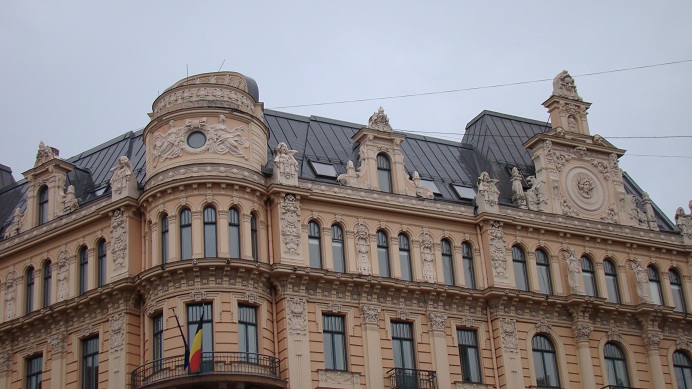
Spanning the whole Centrs and continuing to eastern suburbs, Brīvības (Freedom) street is the main artery of both the district and Riga as a whole. It has some of the most massive turn-of-the-20th-century buildings.
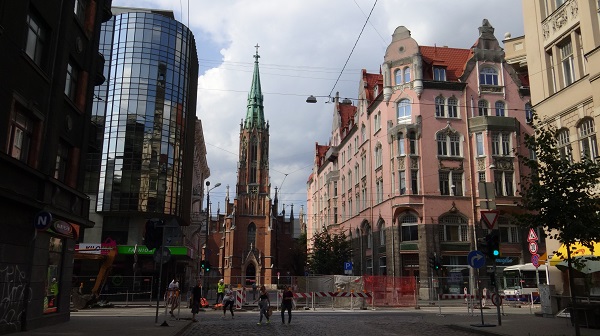
However, the title of the prettiest art nouveau street is usually awarded to a much smaller Alberta street where famous architect Eisenstein created his masterpieces. Nearby Art nouveau museum allows catching a glimpse of opulent art nouveau staircase and apartment interior. Despite the Soviet destruction, these are still quite common in the Center of Riga (although most are only accessible to residents and their guests).
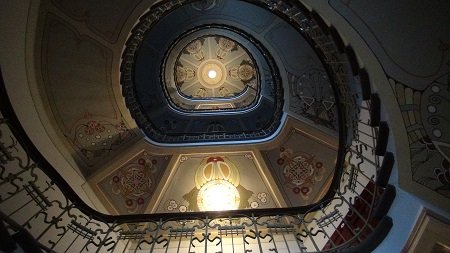
Alberta street is in the northern reaches of Centrs, beyond the Krišjāņa Valdemāra street which has some of Riga’s most important late 19th century public buildings, including the National theater and what is now the Museum of (Latvian) fine arts. These have been built imitating historical styles rather than Art Nouveau.
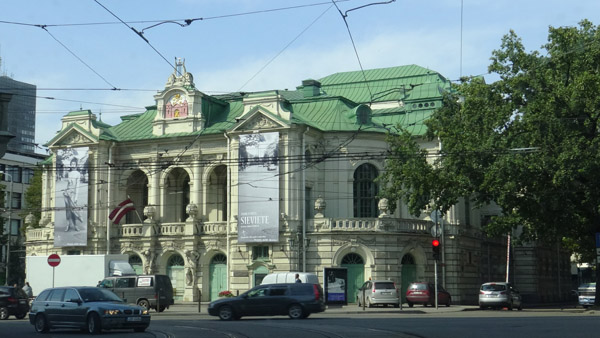
Riga Centrs is anchored on straight wide streets that emit „big city feeling“. At the time of its inception, three different ethnicities vied for power over Riga and Latvia.
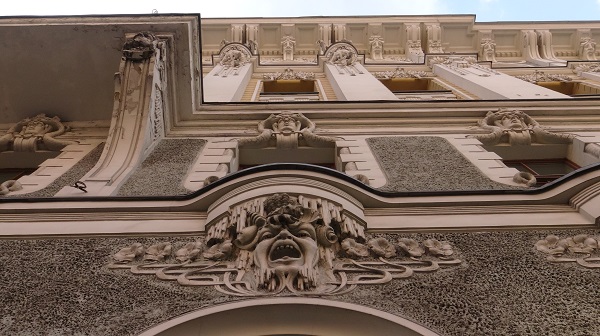
There were German „Baltic barons“, for centuries the elite of the city who paid the bills for many of its greatest buildings. Gothic revival St. Gertrude Old church (1869) was built and belonged to the community.
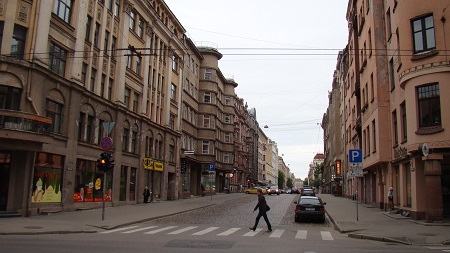
There were Russians, since 1710 the political leaders, their role still visible in the massive Neo-Byzanthine Russian Orthodox Nativity Cathedral (1883) that stands in the district’s largest park Esplanade and earlier neoclassical St. Alexander Nevskiy church (1825).
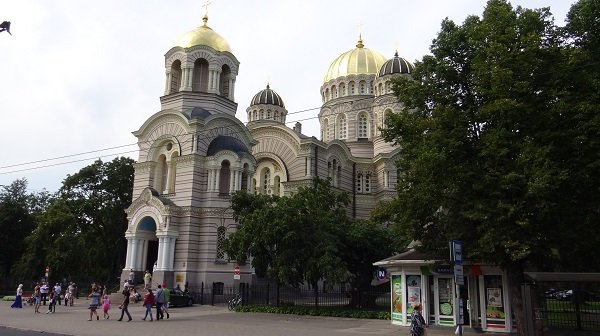
And there were Latvians, for millennia the majority of surrounding villages, who began migrating to industrialized Riga in their hundreds of thousands, asserting the city as their future capital and dwarfing the other communities. Their national awakening is reminded by places such as Krišjānis Barons museum – this was the Latvian who collected long-neglected Latvian folksongs that later became the essence of the nation. Like many of Riga Center house-museums, it is interesting both for the personality that lived there and for its turn-of-the-century interior.
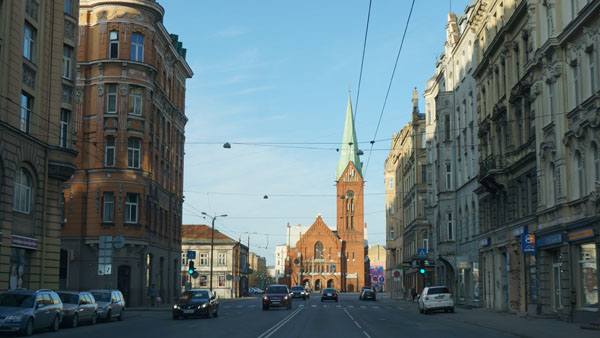
Additionally, Latvian architects would commonly add details inspired by Latvian culture and mythology to their contraptions (patterns and even sculptures), leading to the creation of unique distinctive sub-type of “Latvian national romantic art nouveau“.
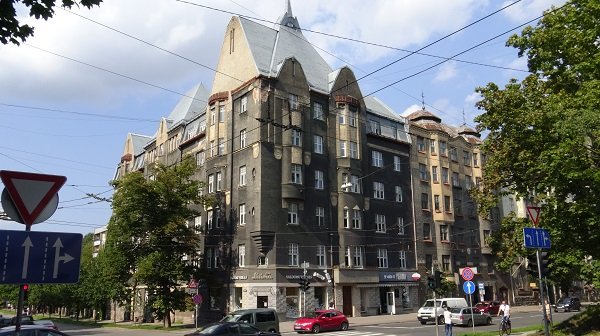
After Latvia achieved its independence in 1918, Centrs of Riga became its political hub. In a symbolic place between Centrs and Old Town the Freedom statue was erected, symbolizing the unity of Latvia. Miraculously escaping Soviet demolition it remains *the* national symbol.
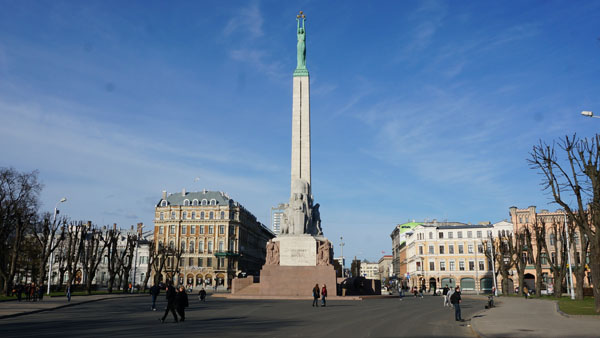
During the occupations, Centrs served as a base for anti-Latvian institutions such as KGB, whose former HQ was transformed into a KGB museum (entry free to the introduction area, but in order to visit the cells where Latvians were tortured and murdered a paid guided tour is needed).
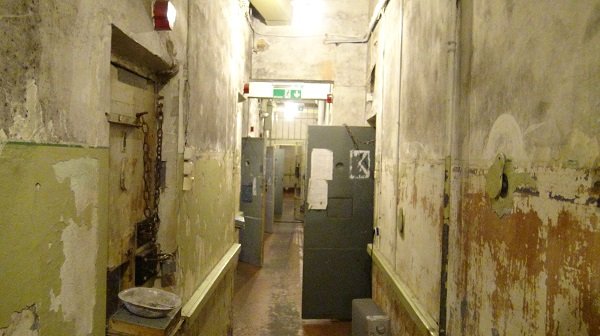
Eastern fringes of the Centrs, where the large buildings slowly give up place for the smaller wooden apartment blocks of the Eastern downtown, has been reborn as a rather artistic place. Miera street now hosts various studios, a large mural of Latvian song festivals has been created near the intersection of Talina and Krišjana Barona streets.
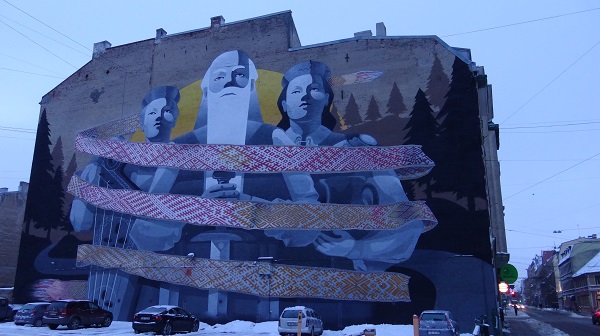
Total population of Centrs: 35 000, but some 100 000 work in offices there.
Loading map...

